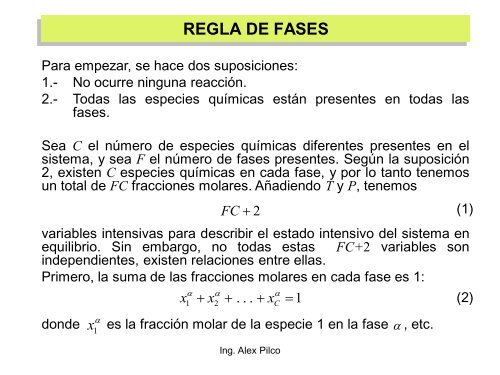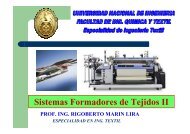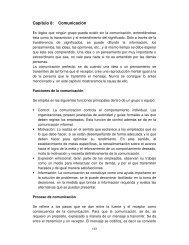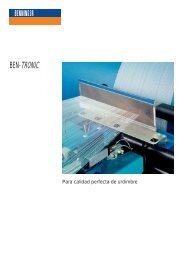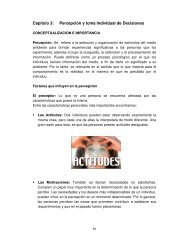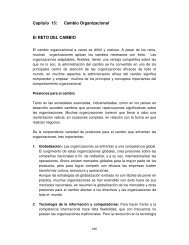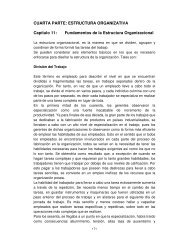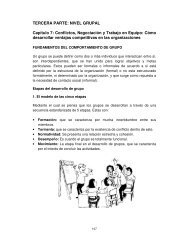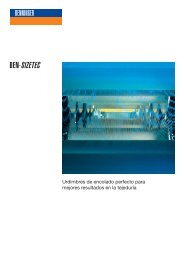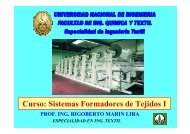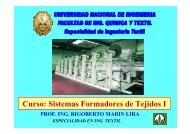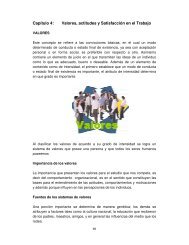Pulse aquí para obtener el archivo - Universidad Nacional de ...
Pulse aquí para obtener el archivo - Universidad Nacional de ...
Pulse aquí para obtener el archivo - Universidad Nacional de ...
You also want an ePaper? Increase the reach of your titles
YUMPU automatically turns print PDFs into web optimized ePapers that Google loves.
REGLA DE FASES<br />
Para empezar, se hace dos suposiciones:<br />
1.- No ocurre ninguna reacción.<br />
2.- Todas las especies químicas están presentes en todas las<br />
fases.<br />
Sea C <strong>el</strong> número <strong>de</strong> especies químicas diferentes presentes en <strong>el</strong><br />
sistema, y sea F <strong>el</strong> número <strong>de</strong> fases presentes. Según la suposición<br />
2, existen C especies químicas en cada fase, y por lo tanto tenemos<br />
un total <strong>de</strong> FC fracciones molares. Añadiendo T y P, tenemos<br />
FC 2<br />
variables intensivas <strong>para</strong> <strong>de</strong>scribir <strong>el</strong> estado intensivo d<strong>el</strong> sistema en<br />
equilibrio. Sin embargo, no todas estas FC+2 variables son<br />
in<strong>de</strong>pendientes, existen r<strong>el</strong>aciones entre <strong>el</strong>las.<br />
Primero, la suma <strong>de</strong> las fracciones molares en cada fase es 1:<br />
x <br />
<br />
x1 x2 . . . xC<br />
1<br />
don<strong>de</strong> es la fracción molar <strong>de</strong> la especie 1 en la fase , etc.<br />
1<br />
Ing. Alex Pilco<br />
(1)<br />
(2)


